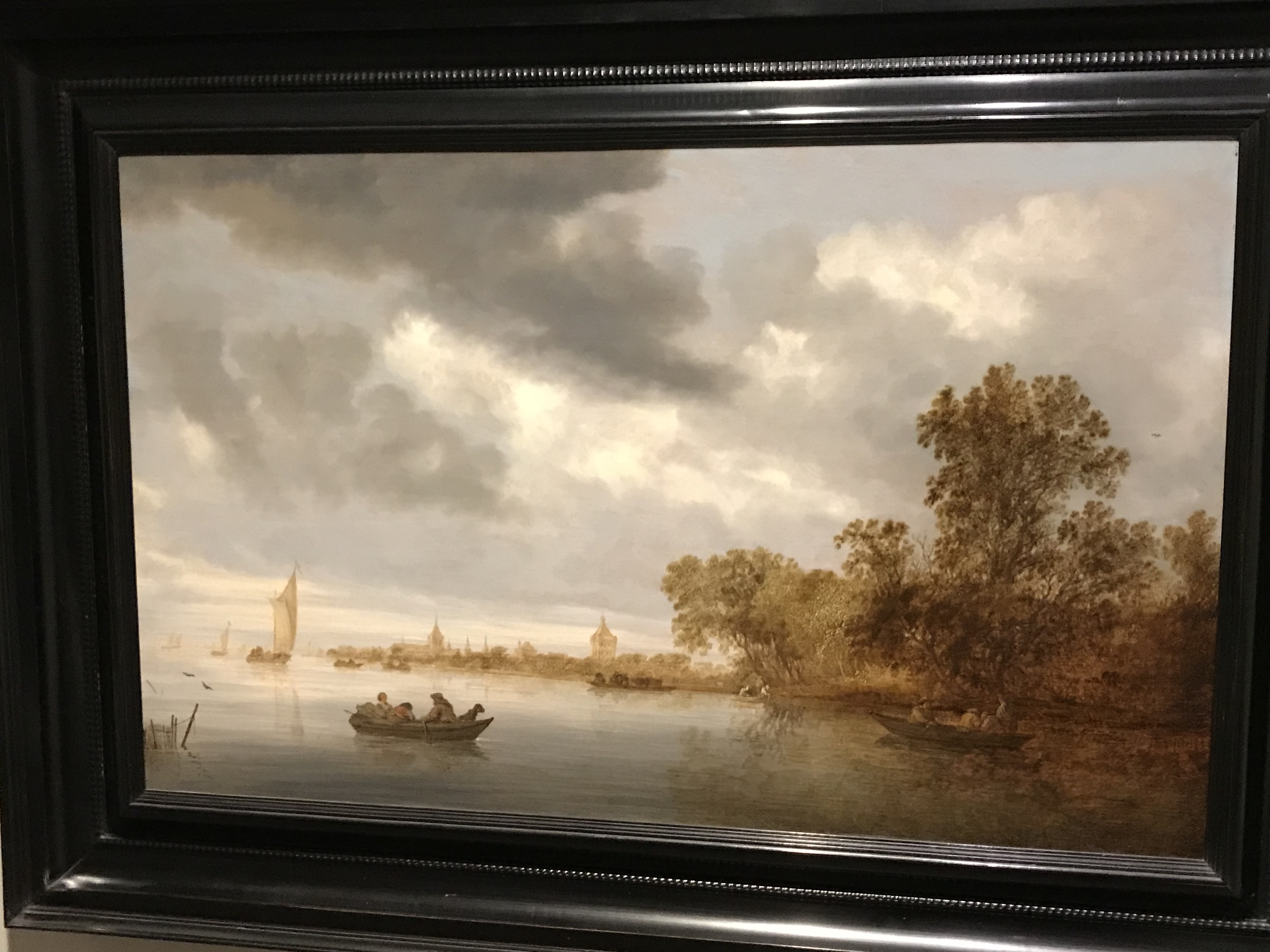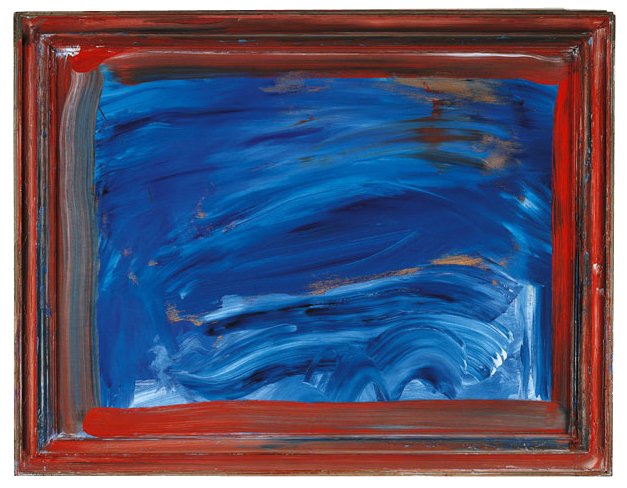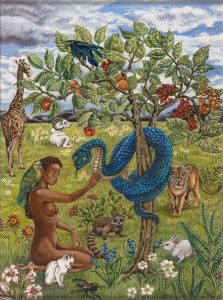Since I missed our class trip to the Ackland Art Museum, I decided to go on my own to write this piece. I had been there twice, previously, but both times were with my girlfriend, who is a student at UNC-Wilmington. She is much more of a visual artist than I am, so her insight into all the pieces was valuable to me. However, being there by myself did allow me to reflect on what I was seeing in a different way. I’ve been fortunate enough to have travelled to a few different countries and sees some world-famous art, such as all the amazing sculpting and painting in Italy. While I recognize that art speaks to everyone differently, and that “art” itself is open to interpretation and definition by the artist and audience, I sometimes have a hard time appreciating some works that my untrained eye doesn’t see as skillful. This is a challenge I find myself facing when viewing a lot of modern art.
Before going to the Ackland, I did skim through a few blog posts from my classmates to see what the group had talked about, and so that I could focus on information that Professor Glass may remember. When I arrived to the museum, I saw a lot of art that clearly took a great deal of talent to produce, and I am always interested in historical artifacts. The Ackland also had a lot of modern art that I struggled to relate to. I realize that much of this work stems from the emotions of the artist and it meant as a form of expression, but I believe that truly great art evokes emotion and impresses upon the viewers, not just the creator.
The Batture Ritual,by Jeff Whetstone, is one piece I saw that, to me, exemplifies the kind of art I don’t typically favor. A calm videoof a river and the surrounding environment is easy on the eyes, but I struggle to place much value on it. Everyone has seen rivers, and maybe it’s a “peaceful” video, but it didn’t make me think or feel anything different that I was thinking or feeling before looking at Mr. Whetstone’s work. To me, a lot of people could produce something like this, and any desired calming effect or appreciation of nature can be found in many aspects of our every-day lives.
Similarly, Looking At The Sea, by Howard Hodgkin didn’t evoke anything deep from me. If anything, it mainly made me think that I could one day be in the Ackland Art Museum if I took a crack at it. I know that is an arrogant and ignorant statement (while largely a joke), but I simply don’t see the artistic value to wide strokes of blue oil filling up an empty wooden frame. To me, it’s void of real effort, talent, and creativity. Even the big scary spider that popped up on campus this year leaves me thinking more than these two pieces did. Obviously the artist and the people who choose what goes into the Ackland felt differently, but I would love to hear what was stirred within them by a blue square.
I realize that it’s a bit ridiculous that I’m a complete amateur, uneducated in the field being discussed, and yet I sound like the world’s harshest critic. Overall, I enjoy the Ackland Art museum very much and I love most of the work that it has to offer. I also sincerely hope that the artists of the aforementioned pieces never read this, because I have no real problem with their art, and I hope that they continue to produce it if it makes them happy and gets into museums. Perhaps I lack a certain artistic depth that such works appeals to in others. Of course art speaks to everyone differently, and in the end, I suppose that’s one of the many great things about it. I, personally, like to be shocked and awed, but that’s just one man’s opinion.



